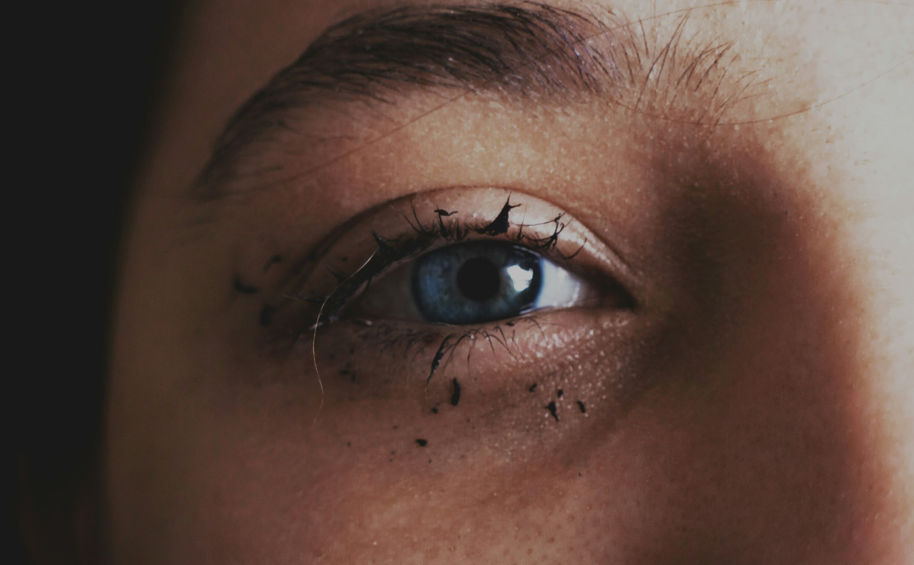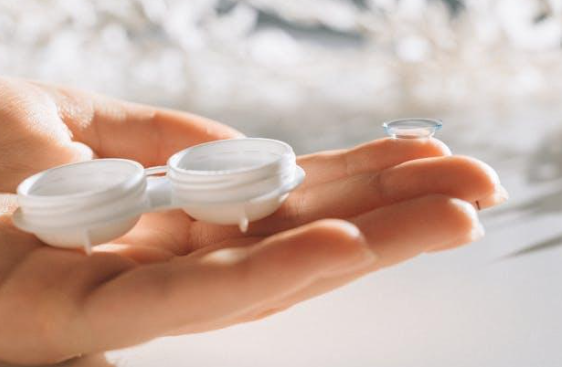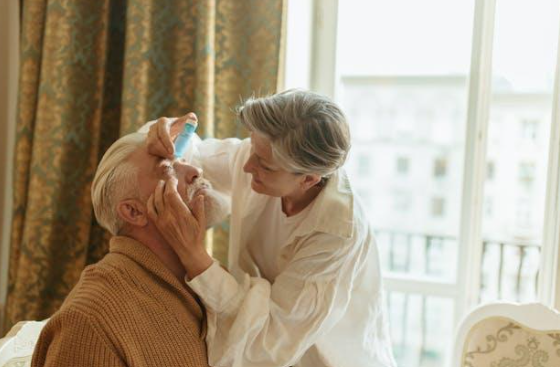Wait! Consider This before You Touch or Pop a Stye

Anyone who's ever woken up with a red, tender bump on their eyelid knows the frustration of a stye. These little annoyances can feel like unwelcome guests taking up prime real estate on your face.
While the urge to squeeze them out might be strong, there's a good reason to resist that temptation.
What Is a Stye?
A stye, or hordeolum, is a small, inflamed bump on the edge of your eyelid. It's a clogged oil gland that becomes infected with bacteria. These meibomian glands produce oil that helps keep your tears lubricated and prevents your eyelids from drying out. When a gland gets blocked, bacteria can take hold, leading to the formation of a stye.
There are two main types of styes:
- External Stye: This type forms on the outer edge of your eyelid, typically near the base of your eyelashes. It's the most common type and usually appears as a red, painful bump with a visible whitehead at its center.
- Internal Stye: This type forms on the inner side of your eyelid, closer to your eye. Internal styes may not be visible at first, but you'll likely experience discomfort, a feeling of something stuck in your eye, and possibly redness inside your eyelid.
What Causes Styes?
There are a few different culprits that can contribute to the formation of a stye:
- Bacterial Infection: Bacteria are the primary cause of styes. These bacteria can enter a clogged oil gland through various means, including touching your eyes with unwashed hands, using contaminated makeup or contact lenses, or having a chronic skin condition like blepharitis.
- Blocked Oil Gland: Sometimes, even without bacteria, a blocked oil gland can lead to a stye. This can happen due to various factors, such as dry eyes, hormonal changes, or improper eyelid hygiene.
- Blepharitis: This chronic inflammatory condition of the eyelids can increase your risk of developing styes. Blepharitis causes inflammation and crusting around the base of your eyelashes, potentially clogging oil glands and creating an environment ripe for infection.
- Demodex Mites: These microscopic mites naturally live on our eyelashes and eyelids. While usually harmless, in some cases, an overgrowth of mites can contribute to blocked oil glands and potentially increase the risk of styes.
Why You Shouldn't Pop a Stye
Popping a stye might seem like the quickest way to eliminate that unsightly bump. However, there are several reasons why you should resist this temptation:
- Spreading the Infection: Popping a stye can spread the bacteria further, potentially worsening the infection and causing it to become more inflamed.
- Scarring: Squeezing a stye can damage the delicate skin around your eye, leading to scarring.
- Risk of Serious Complications: In rare cases, popping a stye near your eye can introduce bacteria into your bloodstream, leading to a more serious infection.
Safe Home Remedies for Stye Relief
The good news is that most styes are relatively harmless and will clear up within a few days. Here are some safe and effective home remedies that can help speed up the healing process and alleviate discomfort:
- Warm Compresses: Applying warm compresses to your eye several times a day is a simple yet effective way to promote drainage and reduce inflammation. Soak a clean washcloth in warm water, wring it out to remove excess moisture, and gently apply it to your closed eyelid for 10-15 minutes. Repeat this process every few hours.
- Lid Hygiene: Maintaining good eyelid hygiene prevents future styes and promotes healing. Gently clean your eyelids with a warm, diluted solution of baby shampoo or a special eyelid cleanser recommended by your doctor. Use a clean cotton swab to remove any crusting around your eyelashes.
- Over-the-counter Pain Relievers: Over-the-counter pain relievers like ibuprofen or acetaminophen can help manage the discomfort associated with a stye. It is always best to consult a doctor before taking any medications.
- Avoid Contact Lenses: While your stye is present, ditch the contact lenses and opt for glasses instead. Contact lenses can irritate the stye and potentially trap bacteria, slowing healing.
- Avoid Makeup: Putting on makeup while you have a stye can introduce more bacteria and irritate the area further. Give your eyes a break from makeup until the stye heals completely.
- Don't Rub Your Eyes: Rubbing your eyes can irritate the stye and potentially spread the infection. Resist the urge and find alternative ways to soothe itchy eyes, such as artificial tears.
When to See a Doctor for Your Stye
While most styes are self-limiting and resolve on their own, there are situations where seeking professional medical attention is recommended:
- Persistent Stye: If your stye persists for over a week despite home remedies, it's best to consult a doctor.
- Recurrent Styes: Frequent styes could be a sign of an underlying condition like blepharitis. A doctor can identify the medical issue and suggest proper treatment.
- Severe Pain or Vision Issues: If you experience severe pain, redness, swelling, or vision changes alongside your stye, see a doctor immediately. These symptoms could indicate a severe condition requires medical attention.
- Internal Stye: Internal styes can be more challenging to treat and may require antibiotics or other medications prescribed by a doctor.
If your stye persists or worsens, don't hesitate to consult an ophthalmologist—an eye doctor specializing in diagnosing and treating eye conditions.
At Baptist Eye Surgeons, our team of experienced and qualified ophthalmologists is dedicated to providing comprehensive eye care, including treatment for styes and other eyelid conditions. Schedule an appointment today for expert advice and personalized treatment to help you achieve clear and healthy vision.





